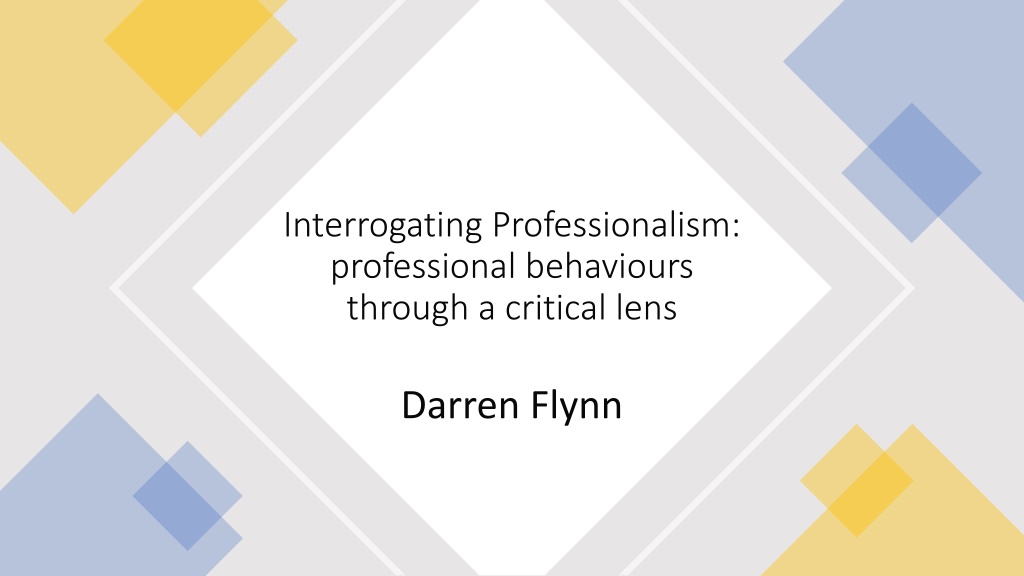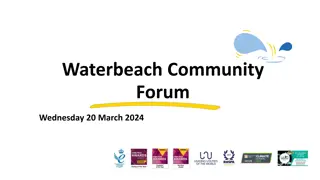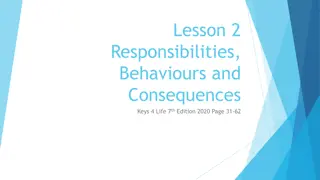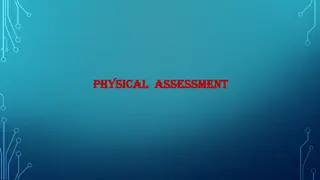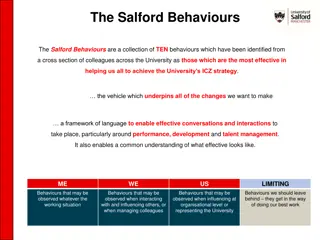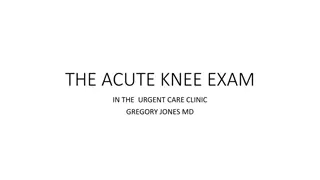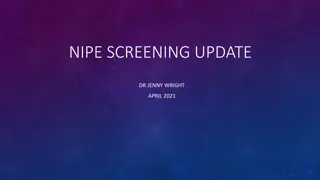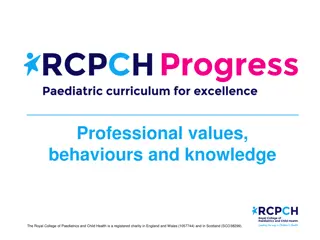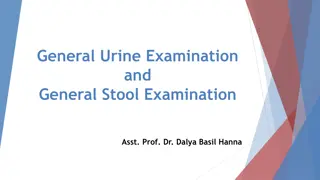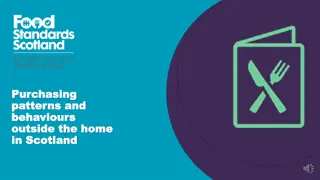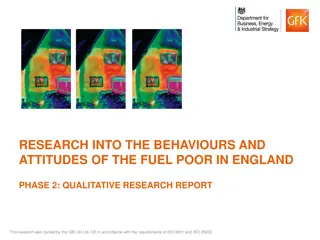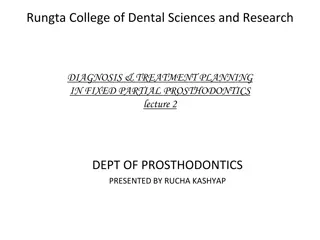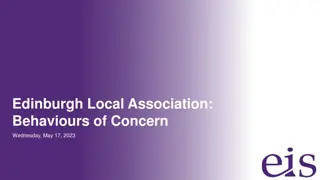Exploring Professional Behaviours: A Critical Examination
Scrutinizing professional behaviors through a critical lens, Darren Flynn delves into the definitions, origins, and unwritten standards of professionalism. Reflecting on the impact of fear, cultural capital, and societal hierarchies, this exploration challenges conventional notions of professionalism, emphasizing the importance of understanding where such behaviors stem from. The exploration also touches on face-saving strategies, amiable communication, and the balance between identification with users and maintaining library standards.
Download Presentation

Please find below an Image/Link to download the presentation.
The content on the website is provided AS IS for your information and personal use only. It may not be sold, licensed, or shared on other websites without obtaining consent from the author. Download presentation by click this link. If you encounter any issues during the download, it is possible that the publisher has removed the file from their server.
E N D
Presentation Transcript
Interrogating Professionalism: professional behaviours through a critical lens Darren Flynn
Agenda Definitions Why me? Why care? What are professional behaviours?
My definitions PROFESSIONALISM PROFESSIONAL ETHICS PROFESSIONAL CONDUCT PROFESSIONAL BEHAVIOURS
Why me? First First generation student generation professional
Why professional behaviours? FEAR OF PLAY ACTING / SOCIAL TRANSFORMATION (KAUFMAN, 2003) UNWRITTEN CULTURAL CAPITAL & SOCIAL REPRODUCTION UNPROFESSIONAL
Personal Reflection: Where do professional behaviours come from? White womanhood (Schlesselman- Tarango, 2016) Insecurely middle class profession (Drabinski, 2016) Hierarchies within hierarchies
What are the unwritten standards of professional behaviour?
Face-saving I m not sure I d agree on that point I think that information might have changed since then We shouldn t say anything until it s settled in case we need to change it
Amiability and Positivity We re always here to help How do we do more with less? We do the best with what we have
Identification with/against It s not good for the library The library users come first How would this make the library look? (Willis, 1997)
Indirect Communication I think that s a discussion for another day If you could get that to me by Monday that would be great That sounds like a good project if you have the time (Lubrano, 2004)
Cult of politeness As per my email from Kind regards We need a position we can all agree on
Constructed Consensus I D LIKE TO GET EVERYONE S THOUGHTS ON THIS WE SHOULD FORM A WORKING GROUP ON THIS DO WE NEED A POLICY FOR THIS?
References Drabinski, E. (2016). Valuing Professionalism: Discourse as Professional Practice. Library Trends 64(3), 604- 614. doi:10.1353/lib.2016.0005. Drabinski, Emily, 2020. Professionalism Reconsidered. Evidence based library and information practice, 15(3), pp.191 195. Hinz, S.E. 2016, "Upwardly Mobile: Attitudes Toward the Class Transition Among First-Generation College Students", Journal of College Student Development, vol. 57, no. 3, pp. 285-299. Jackson, B. A. (2018) CULTIVATING A PROFESSIONAL POSE:: Collegiate Black Men and Professional Self- Presentations, Du Bois Review: Social Science Research on Race. Cambridge University Press, 15(2), pp. 517 532. doi: 10.1017/S1742058X18000231. Lubrano, A. (2004). Limbo: Blue-collar roots, white-collar dreams. Hoboken, NJ: Wiley. Kaufman, Peter, 2003. Learning to Not Labor: How Working-Class Individuals Construct Middle-Class Identities. Sociological quarterly, 44(3), pp.481 504. Schlesselman-Tarango, Gina, "The Legacy of Lady Bountiful: White Women in the Library" (2016). Library Faculty Publications. 34. https://scholarworks.lib.csusb.edu/library-publications/34 Willis, P. E. (1977). Learning to labor: How working class kids get working class jobs. New York, NY: Columbia University Press.
Comments? Questions?
